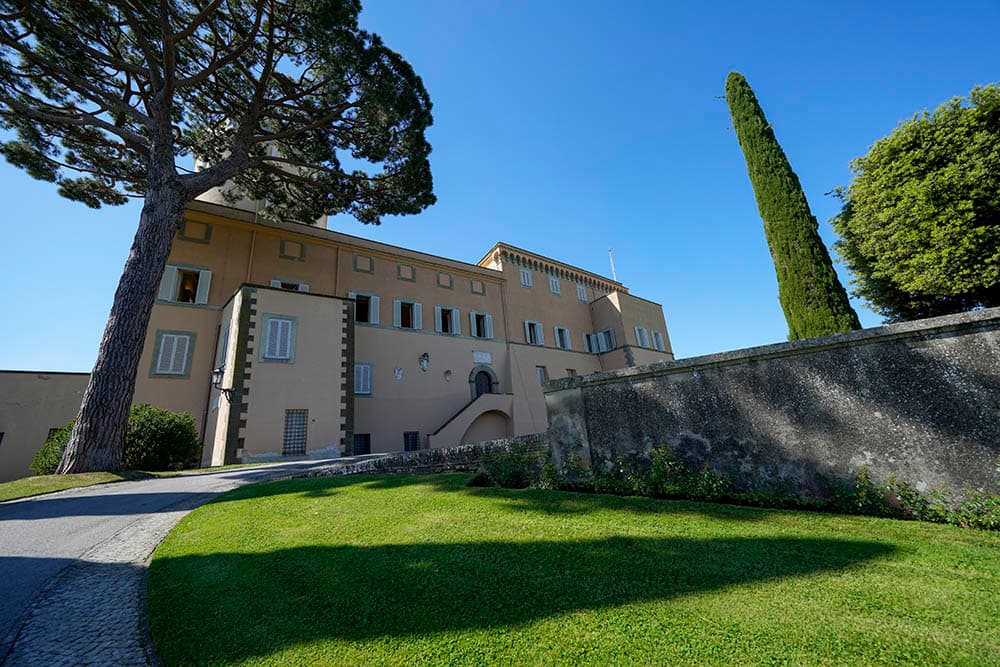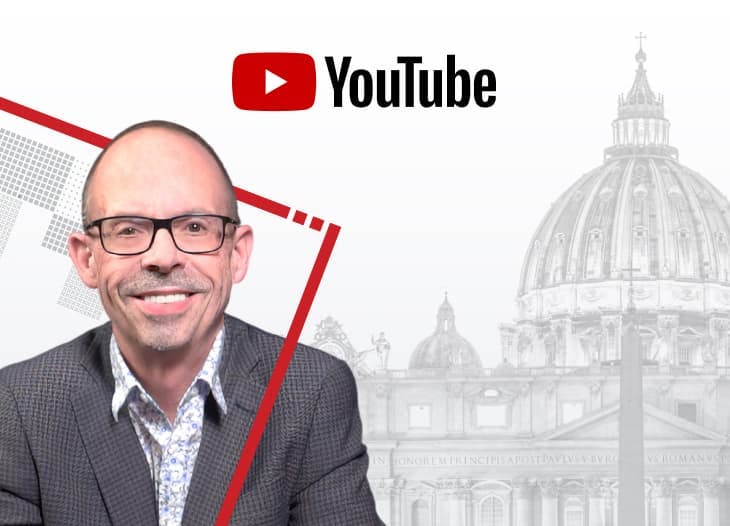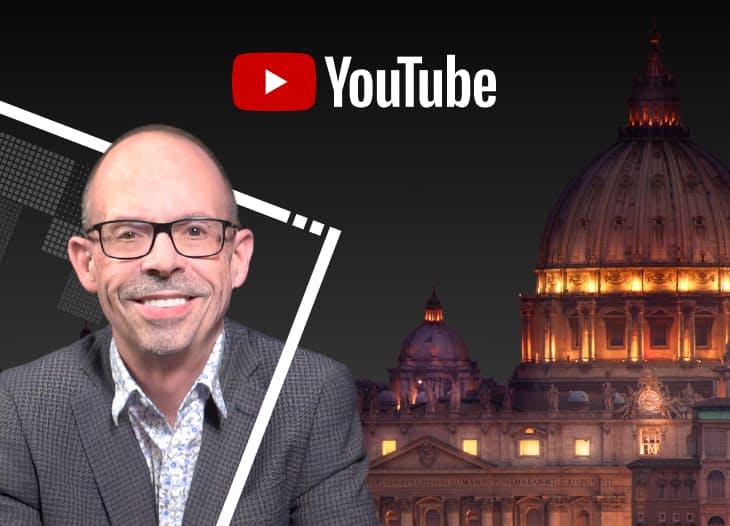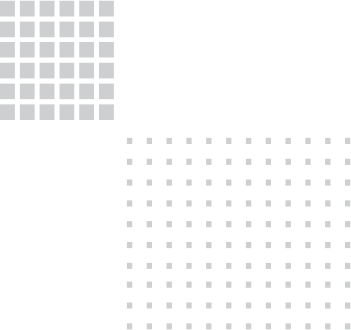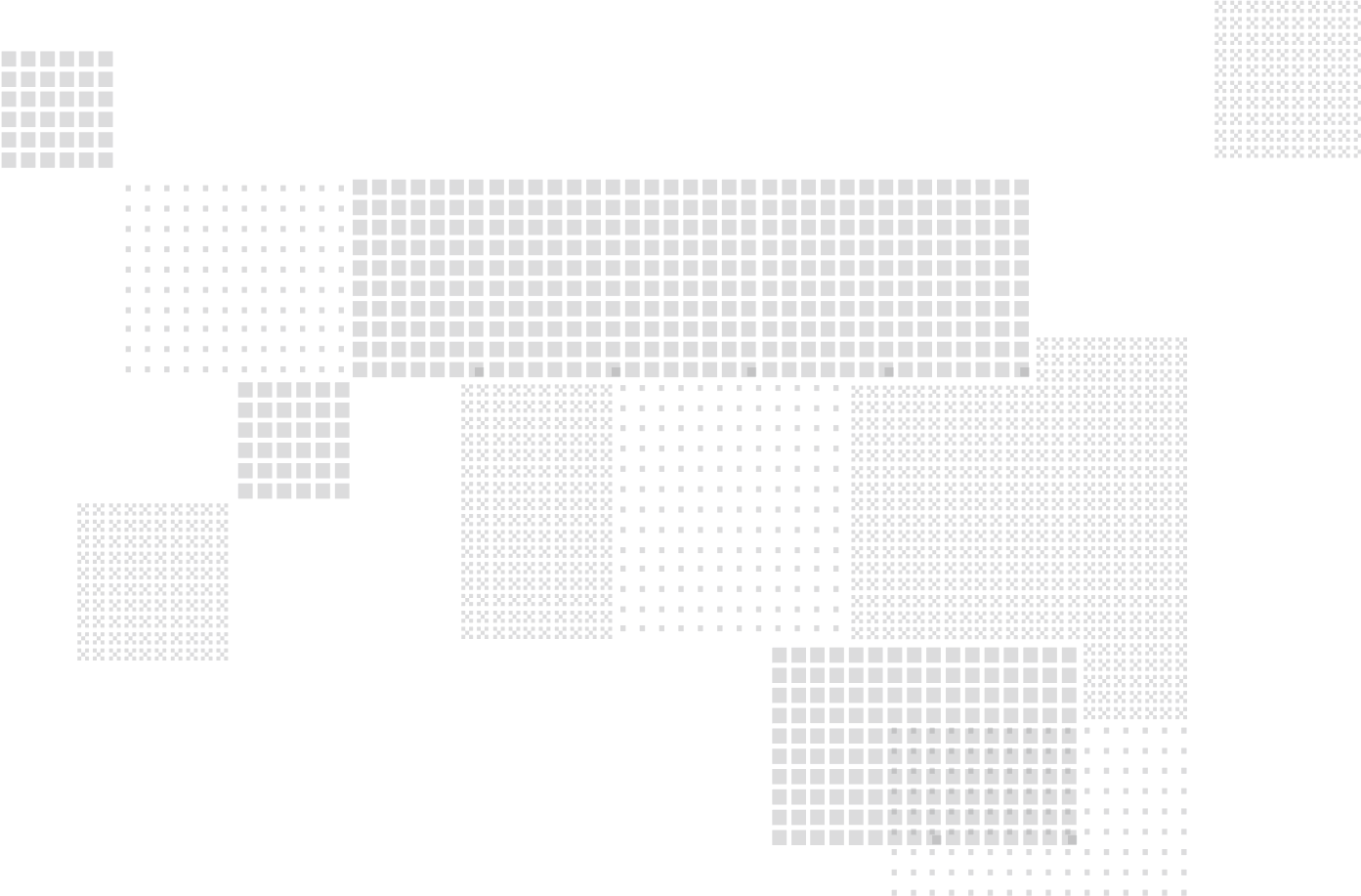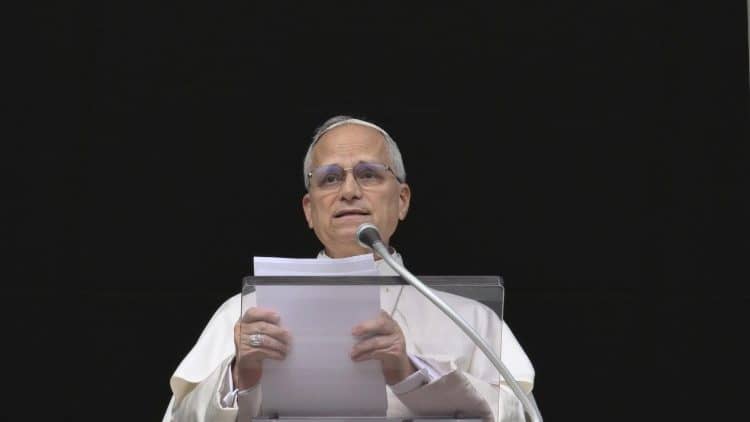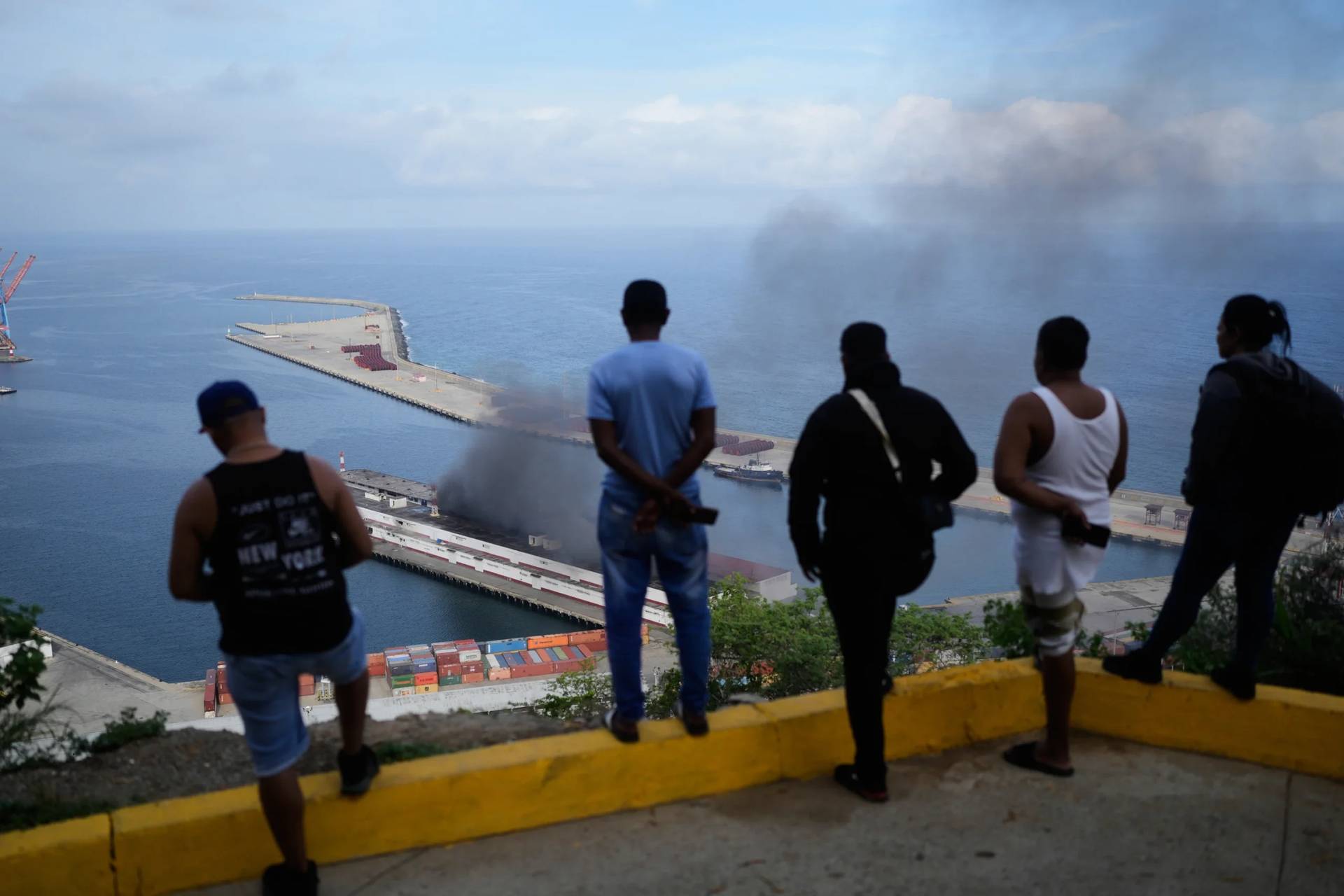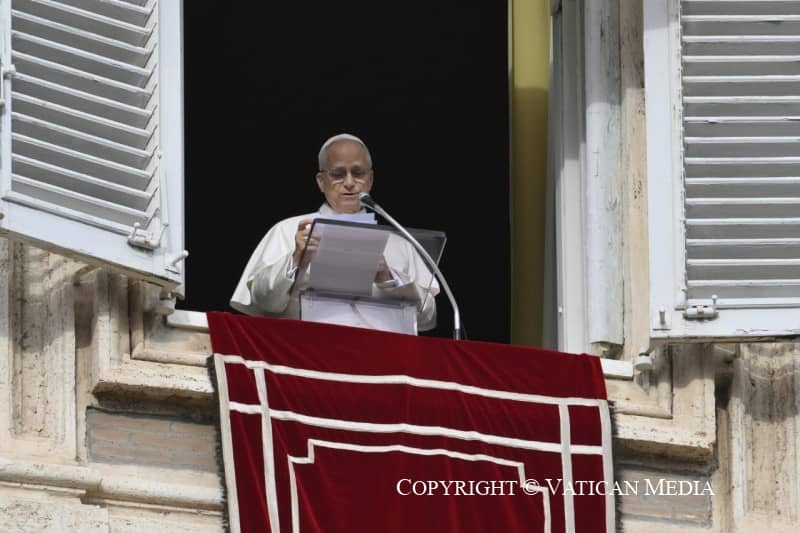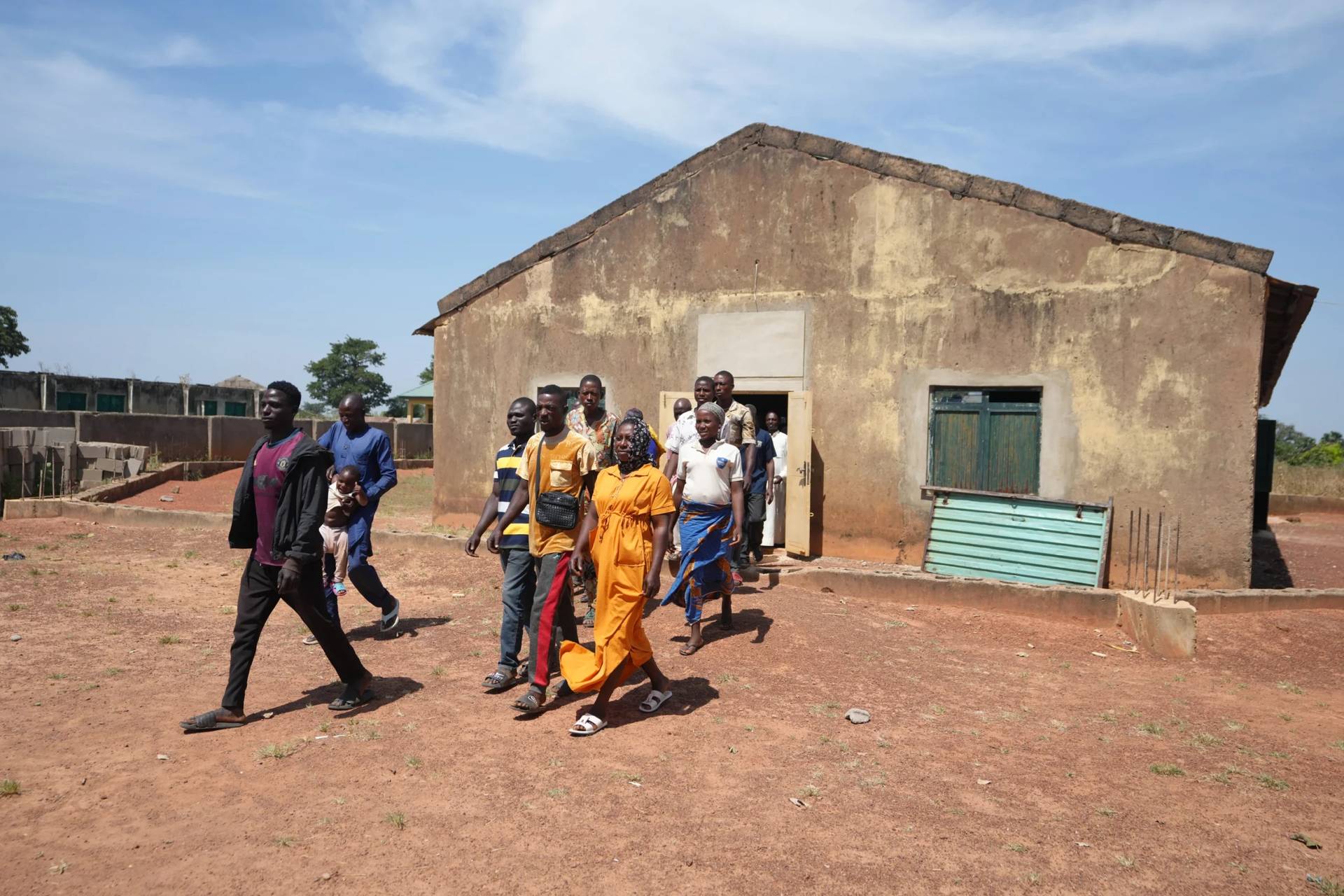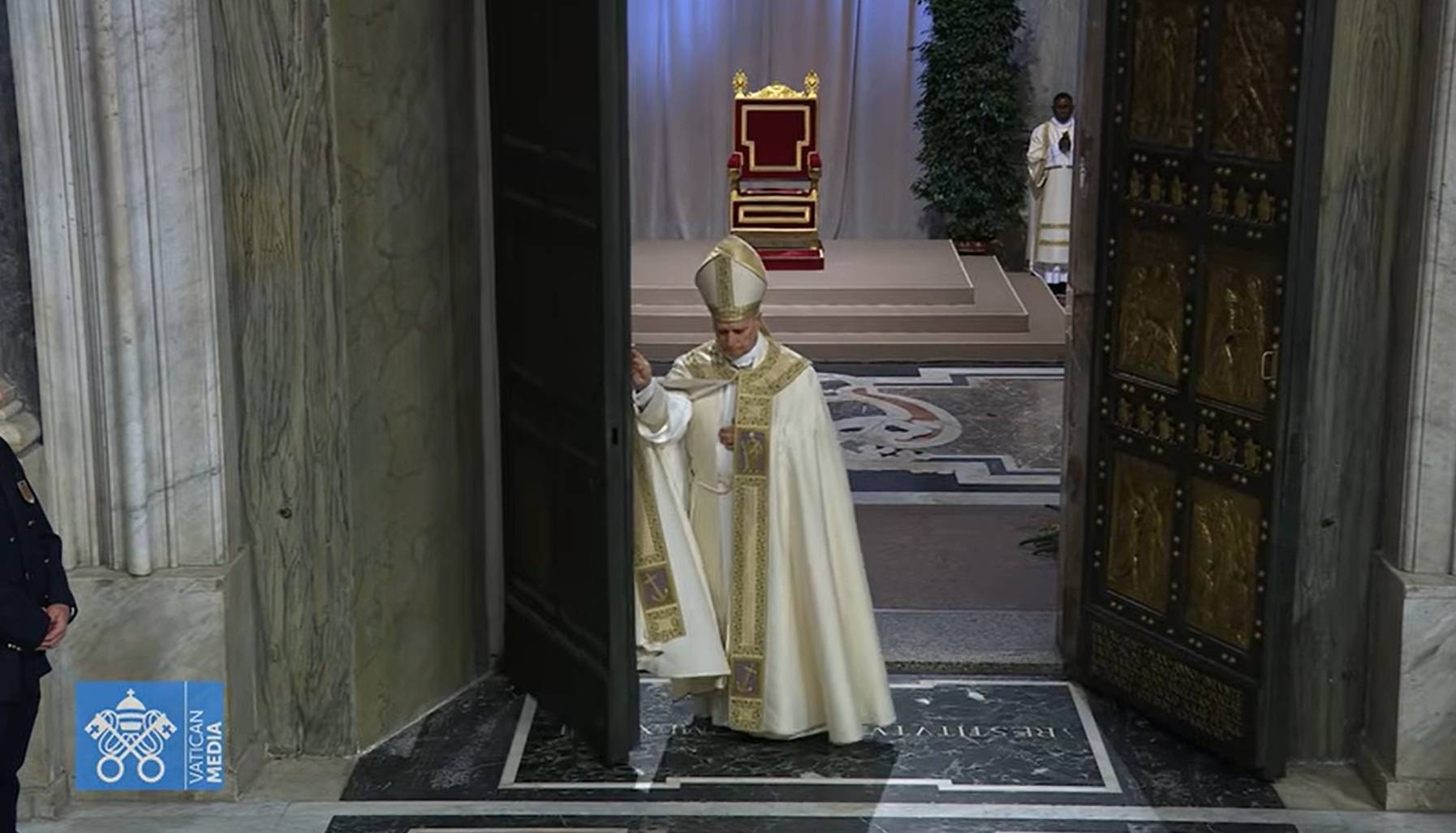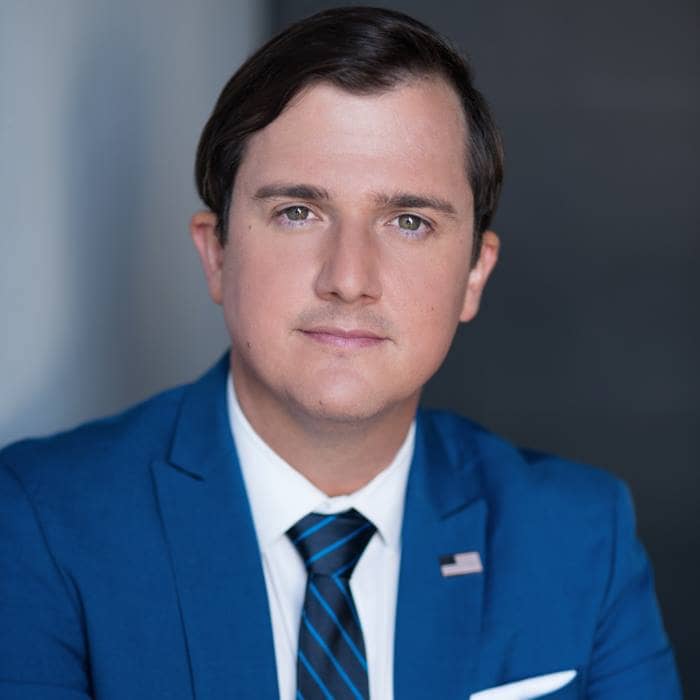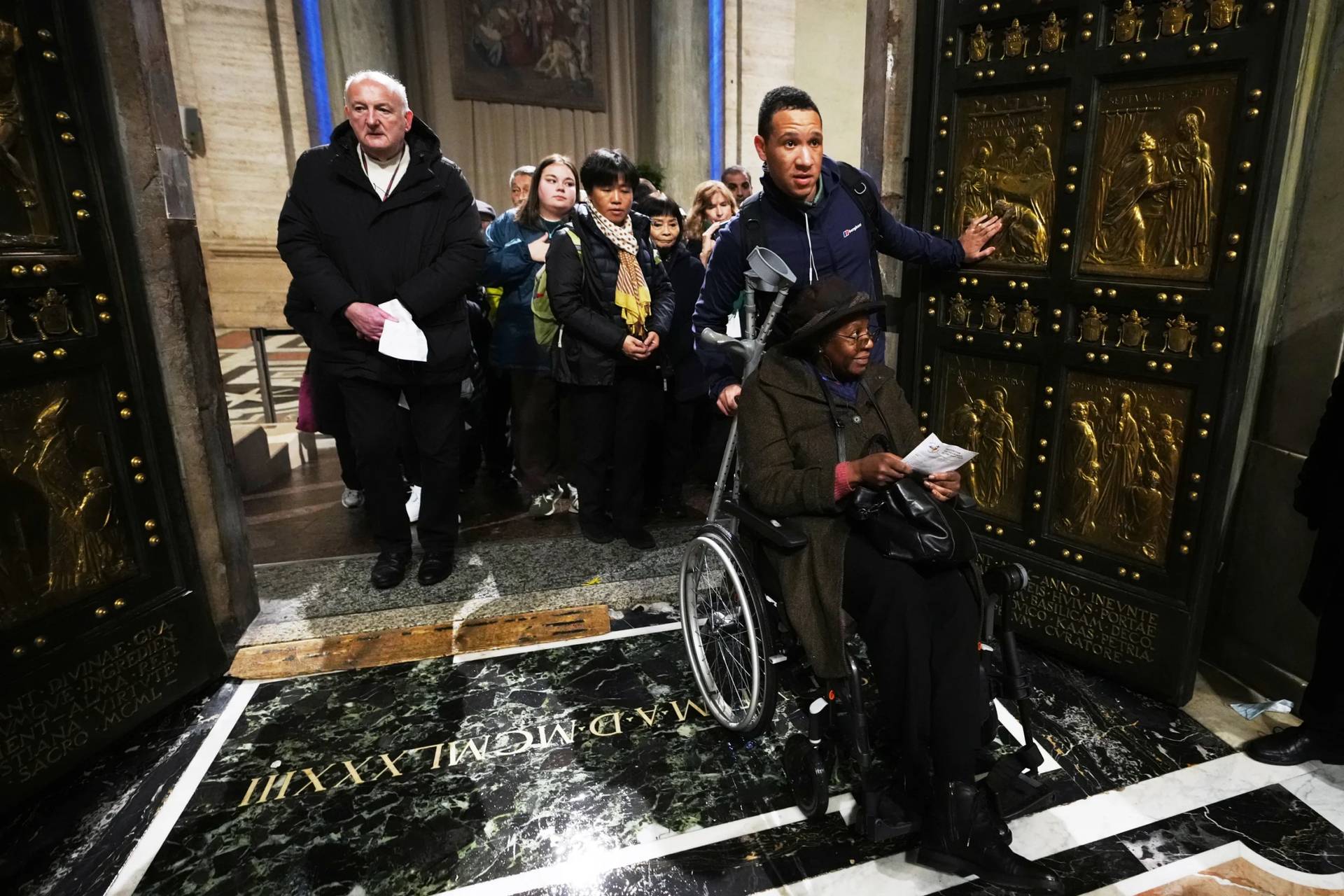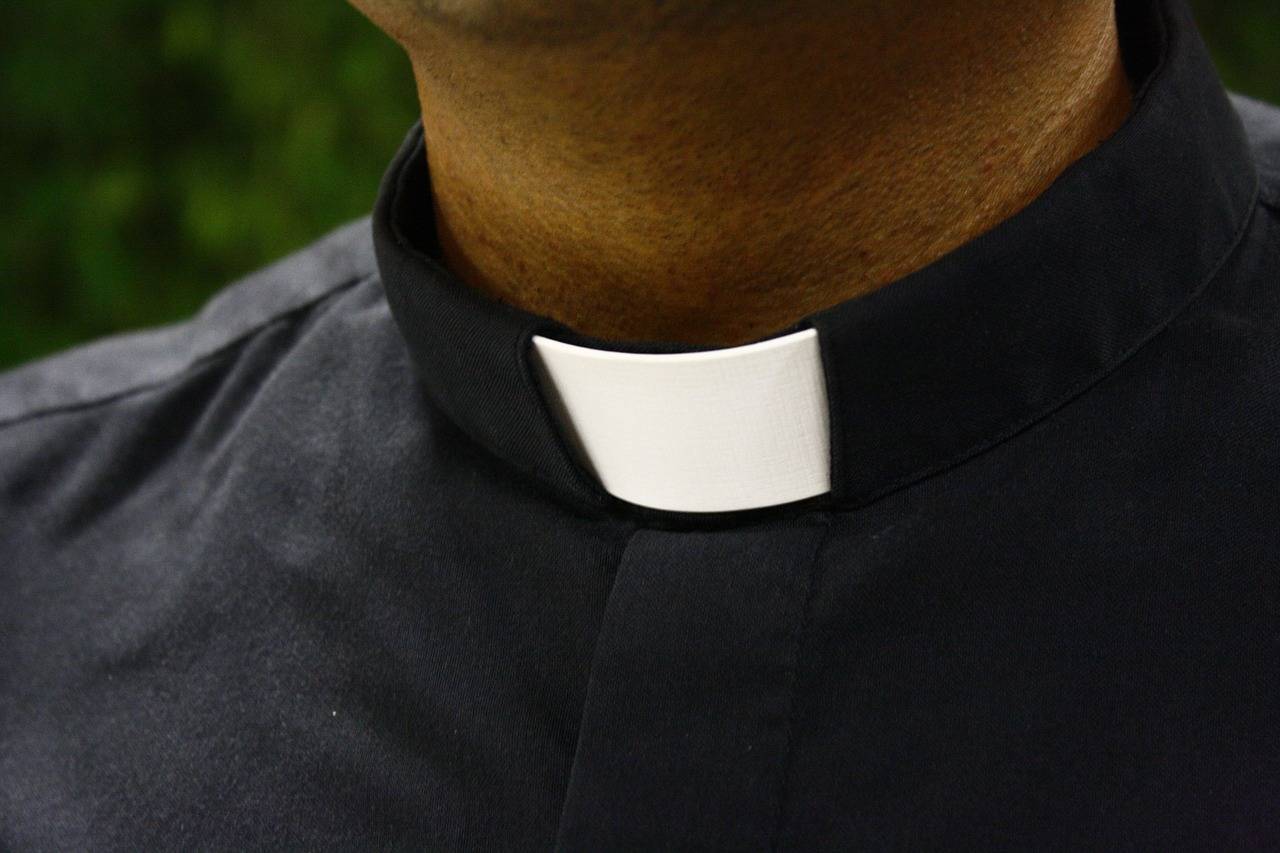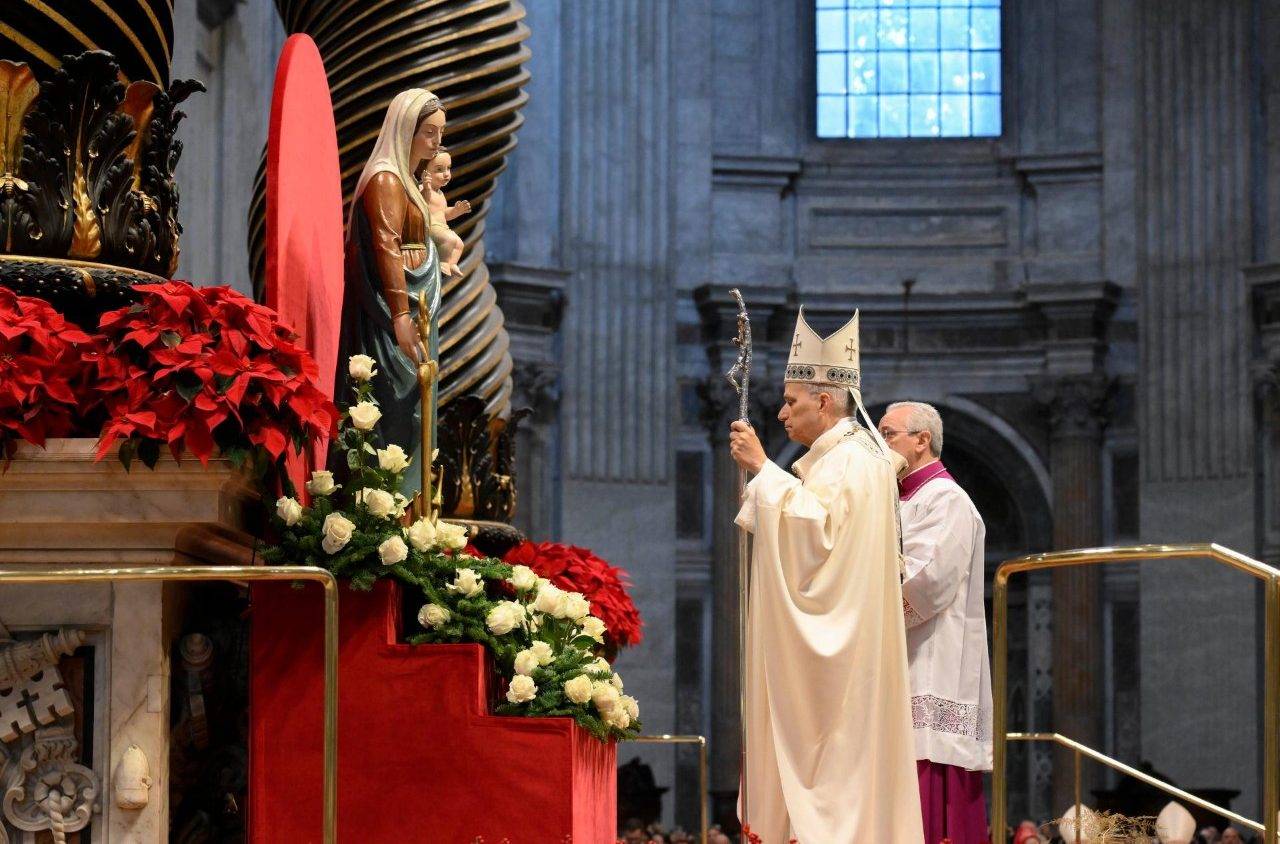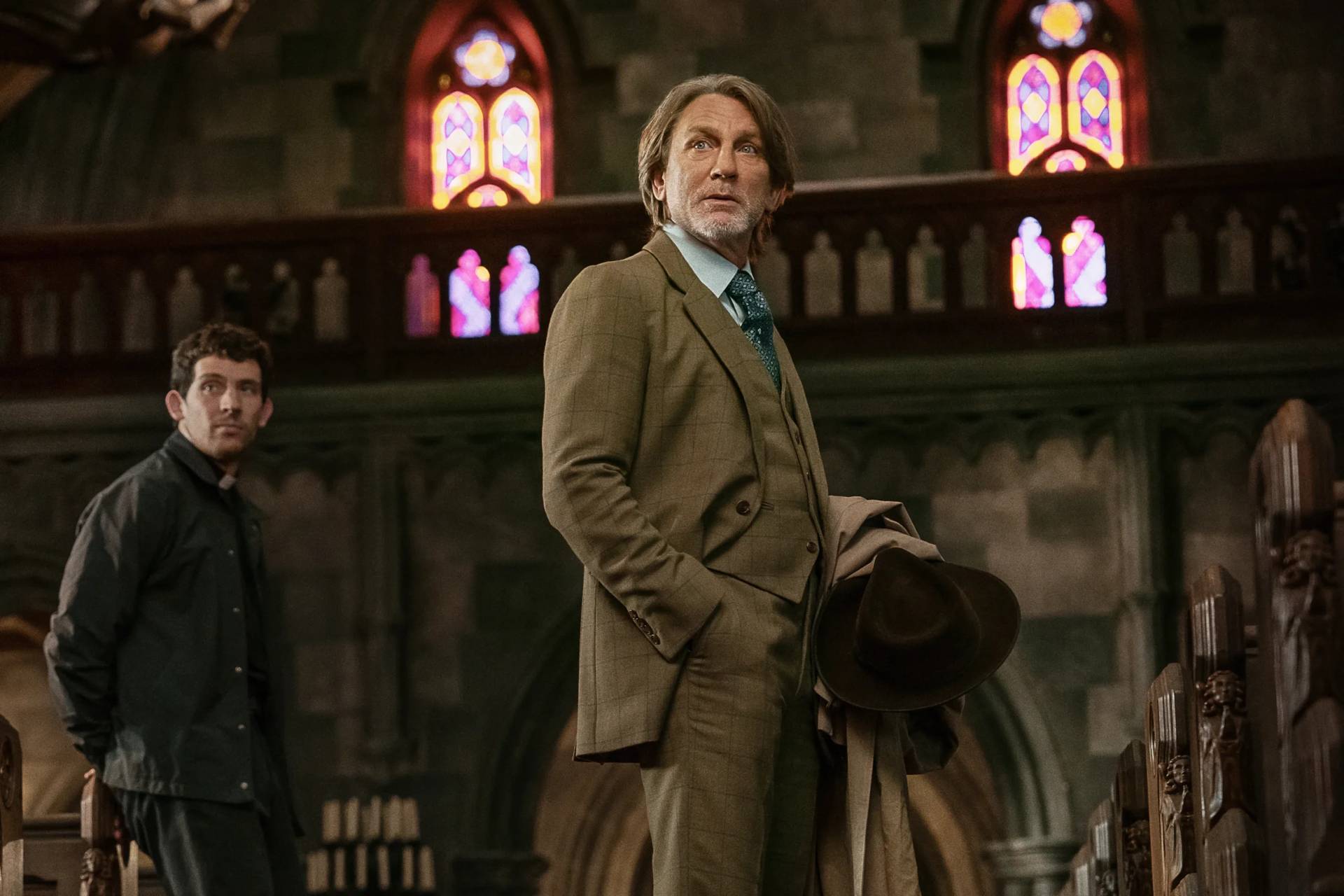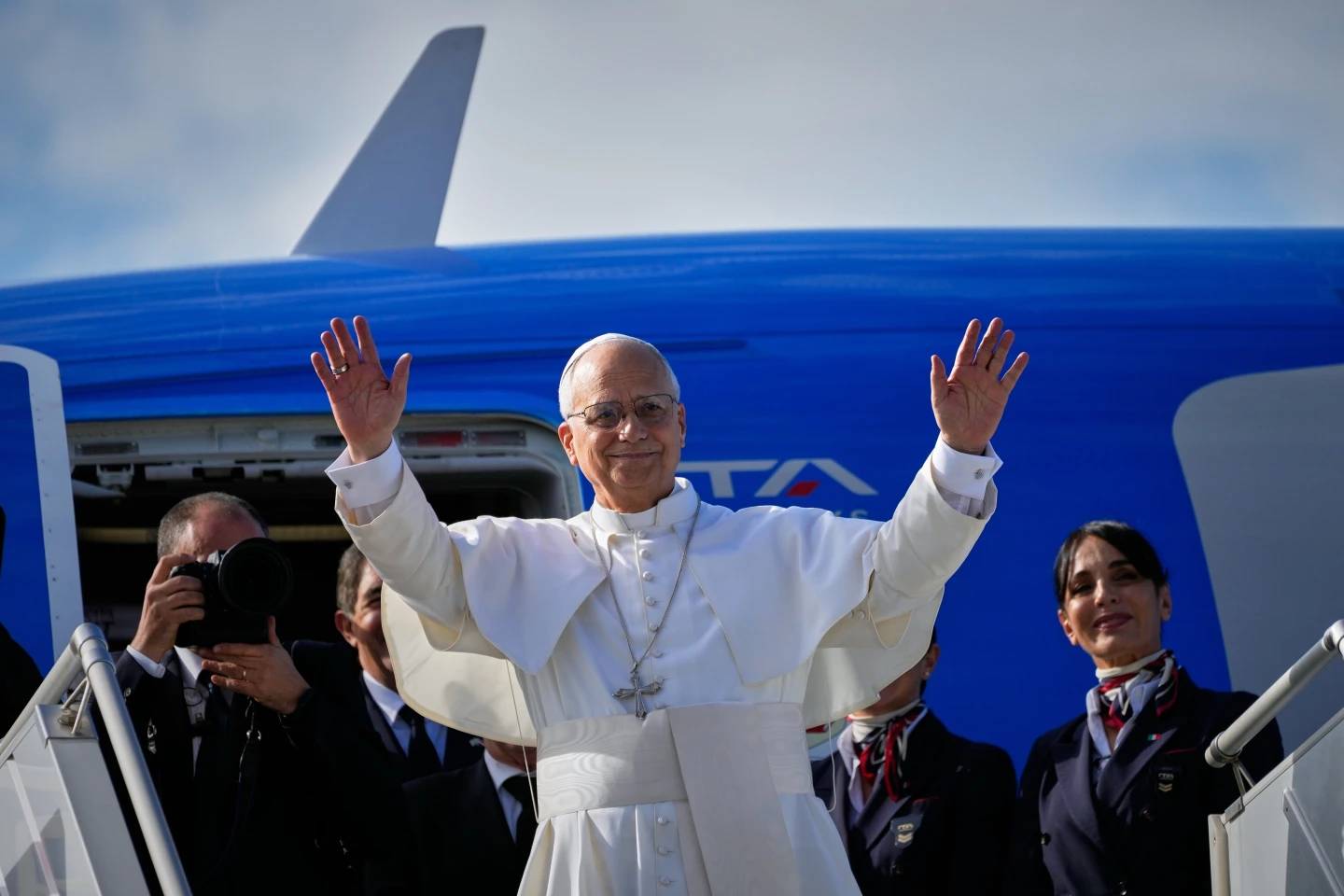As Pope Leo XIV arrives in Castel Gandolfo for his summer break, it is unlikely to be a real vacation for the new pontiff.
When Cardinal Robert Francis Prevost was elected on May 8, it was the post-Easter period in Rome. This, now, is the slow-down time in Rome, since the Vatican almost shuts down after the June 29 celebration of the Solemnity of Saints Peter and Paul.
Unlike his predecessor, Pope Francis, Leo is continuing the tradition of spending the summer in the lakeside town about 15 miles outside of Rome and offers a much cooler climate.
The new pontiff will have time to think what issues he is facing.
From the beginning, Leo has mentioned the changing effects of technology – especially Artificial Intelligence – on society, both morally and how it will change the economy. One of the reasons he chose Leo as his name is because how his predecessor Leo XIII dealt with the Industrial Revolution in the late 1800s.
However, other issues are looming over the new pope.
First of all, he must look at what his predecessor was doing, and whether or not he wants to emphasize everything Francis did. This is not unusual for a new pope – after all, the Theology of the Body was no longer emphasized after Pope St. John Paul II died, and the “Courtyard of the Gentiles” was somewhat stillborn under Pope Benedict XVI.
There are three major issues promoted by Francis, and we just have an inkling on how Leo will deal with them.
1) Laudato Si’ is the 2015 Encyclical by Francis that was “on care for our common home.” Leo has mentioned it several times, and environmental issues were also spoken about by Benedict XVI and John Paul II. The new pope has already confirmed the issuing of the Mass for the Care of Creation and in his Message for the World Day of Prayer for the Care of Creation 2025, he said Laudato Si’ had “accompanied the Catholic Church for a decade.”
RELATED: Pope Leo visits ecological site inspired by Francis’s ‘Laudato si’
“May it continue to inspire us, and may integral ecology increasingly be chosen and shared as the path to follow. In this way, the seeds of hope will multiply, to be ‘guarded and cultivated’ through the grace of our great and unfailing Hope, the Risen Christ,” he said.
It seems clear Leo will continue to push the support of the “Care of Creation” that has been a feature of Catholic Social Teaching since Vatican II.
2) Being the first pope from South America, Francis was very concerned about the situation in the Amazon region. The Synod of Bishops for the Pan-Amazon Region was held in 2019, and the finishing touches of the rituals and the Missal of the Amazonian Rite is due to come out in weeks. The Amazon region faces many complicated issues, especially concerning the lack of priests and the culture of the many peoples living in the area.
Officials organizing the new Missal have indicated they will promote a married priesthood and even the ordination of women deacons – both issues critics say is a stalking horse to change Church teaching.
Leo, of course, is not an outsider on this issue. He spent most of his priesthood in Peru, and led the Diocese of Chiclayo for nearly a decade. Peru is the second largest region of the Amazon after Brazil, although Chiclayo isn’t in that part of the country.
Leo will have to approve – or change – the proposals by the committee creating the new Rite.
3) Finally, shortly before the death of Pope Francis, it was announced a new 3-year process will be held on Synodality. This is to implement the results of the 3-year Synod on Synodality which concluded in 2024. “Synodality” had been a driving issue of the late pontiff, even though what he meant by the word was never really defined, and adding three years to the process seems to be exhausting the Church with committee meetings and endless documents.
RELATED: Does the concept of ‘Synodality’ have running power?
One of Leo’s first acts was to reinstate the practice of the pope putting the Pallium on new archbishops, an act that was ended by Francis as part of his “synodal process.” Observers noted the new pope’s meeting with the Ordinary Council of the General Secretariat of the Synod on June 26 did not even mention the upcoming 3-year process and was very short, especially given the more lengthy meetings with other Vatican offices.
Of course, there are the other issues which the pope will have to address.
As always, the abuse crisis continues to haunt the Church. Shortly after his meeting with the Pontifical Commission for the Protection of Minors, the Vatican Media stopped using images of artworks from Father Marko Rupnik, who was accused of abusing adult women. The day before he left for Castel Gandolfo, Leo appointed the new head of the Commission, Archbishop Thibault Verny.
Leo may also have to deal with debates surrounding the use of the Latin Mass in the Church.
In 2021, Francis restricted access for ordinary Catholics to the old Latin Mass. Last week, the texts from the Vatican’s doctrine office used to justify this decision were posted online by reporter Diane Montagna. Francis said he made the decision was a result of “the wishes expressed” by world’s bishops – texts released by Montagna question the veracity of the position the bishops were opposed to the Latin Mass.
The old Latin Mass is attended by less than one percent of the faithful in the Church, but they have a strong voice on social media, and a larger percentage of clergy have their support. It is probable Leo wouldn’t have put this on the top of his agenda, but he may have no choice.
Castel Gandolfo may be cooler in the summer than it is in Rome, but for the new pope, the heat is not likely to subside.
Follow Charles Collins on X: @CharlesinRome
